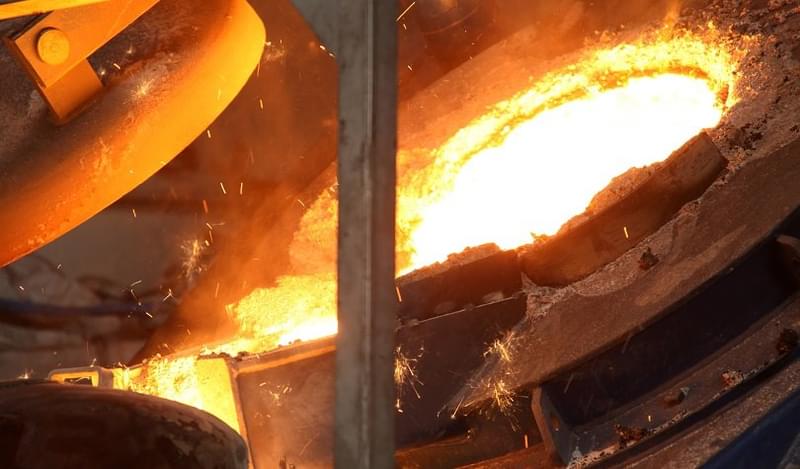What are the major funding initiatives on the horizon at EGA?
The 2014 merger between Dubai Aluminium (DUBAL) and Emirates Aluminium (EMAL) gave birth to Emirates Global Aluminium (EGA), one of the world’s largest producers of primary aluminium and one of the UAE’s largest industrial national champions. At the time of the merger, EGA relied on third parties for the supply of alumina, its main raw material input for the production of aluminium. This dependence led to EGA’s drive post the merger, to focus on integrating its operations upstream.
Within three years of the merger, EGA announced two major undertakings in the upstream sector. The first was an alumina refinery project in Abu Dhabi known as the Taweelah Alumina Refinery. When Phase 1 of the Taweelah project is completed in 2018, it will supply 70% of EMAL’s alumina requirements. Phase 2 of the Taweelah project will eventually supply the remaining balance of EMAL’s alumina needs and a substantial portion of DUBAL’s. This alumina refinery project marks an important first step towards securing EGA’s alumina requirements and once the project is complete, EGA will substantially rely on its own assets for the supply of alumina. That said, 2017 is all about keeping construction ahead of schedule.
More recently, we announced the development of the first phase of a 50-year Bauxite mining concession in Guinea which involves a 12 million tpy bauxite mining operation along with associated infrastructure, including a railway and a port. The financing for this project is likely to be structured on a limited recourse basis with a financing plan to potentially involve a group of core lenders consisting of a number of multilateral and bilateral financing institutions, coupled with commercial banks benefiting from various political risk cover. Financing quantum along with the financial close date will be announced in due course.
That said, 2017 will be a very important year in terms of allowing us to realise our strategy for integrating our operations upstream.
EGA has spent much of the past 24 months restructuring its balance sheet and capital structure, can you give us some background as to why you have restructured? How does EGA’s latest US$4.9bn syndicated loan fit-in with this strategy of re-organising the company’s capital structure?
EGA has been focusing on optimizing our capital structure in order to diversify our future funding sources of debt. EGA’s legacy firms of DUBAL and EMAL have historically relied on the commercial bank market and the ECAs for funding our large capital projects. As we look to the future, we expect to access new sources of finance such as the capital markets and with the optimization of our capital structure, EGA will access such new sources in the most efficient manner.
The recent US$ 4.9 billion term loan facility was the first of a series of transactions which we have targeted for optimizing our capital structure and reducing any perceived subordination by future EGA lenders. Follow-up transactions may involve the refinancing of DUBAL’s US$ 1.8 billion facility along with EMAL’s ECA facilities.
You’ve been very transparent by stating that the company will be looking to access the capital markets for future financings. What is your assessment of the current market? Do you envisage a good time to issue bonds or sukuk in the near future?
Recent transactions in the capital markets suggest that issuers from our region are benefiting from a strong investor appetite. Just look at the recent Saudi bond issue where it was reported that close to US$ 60 billion in orders were recorded. Current projections suggest that this appetite is likely to persist for some time. Having said that, EGA’s potential interest for tapping into the capital markets will be driven by many objectives. For example, we are keen on recycling back capital into the banking system because we believe this will be good for EGA and the country as a whole. To achieve this, we can utilize the proceeds of future capital markets issuances to take out existing bank loans and thus increasing the banks’ future lending capacity to EGA. Increasing bank lending capacity is an objective itself because when the going gets tough, you rely on your relationship banks to extend their balance sheets. Its more like an insurance policy.









